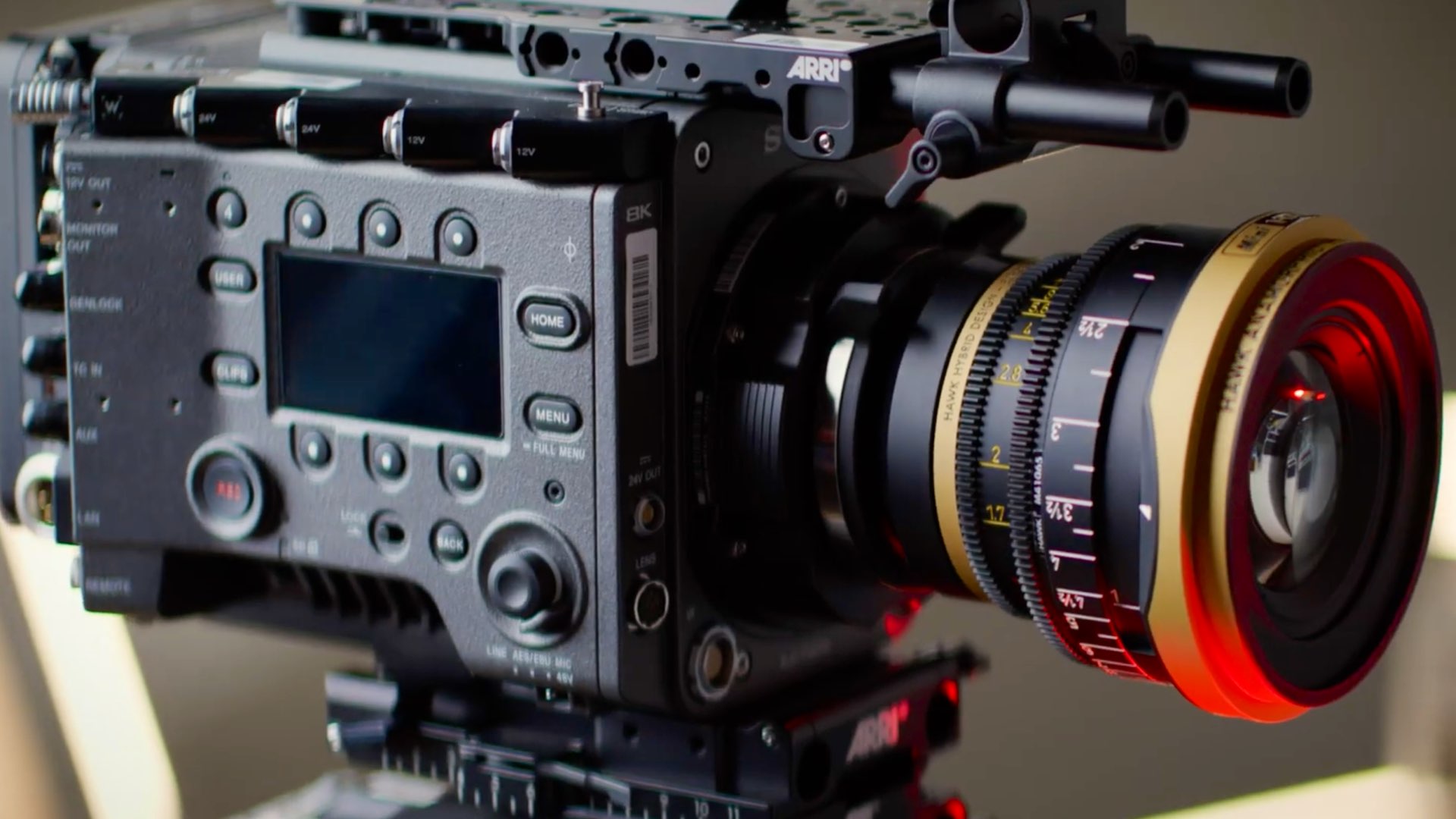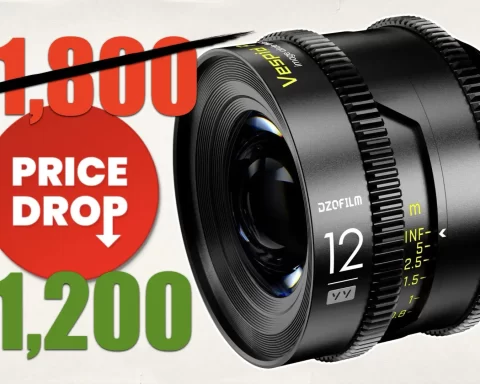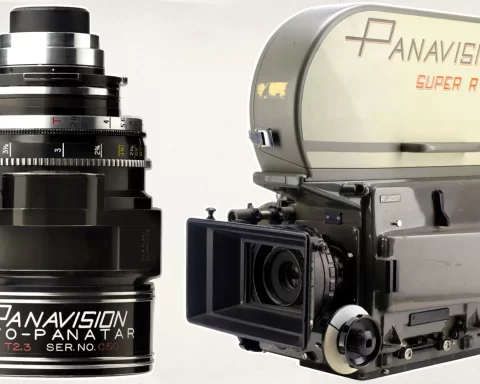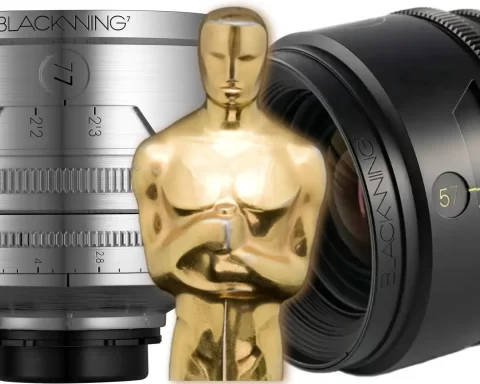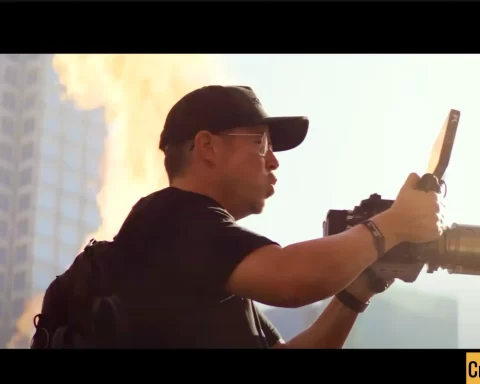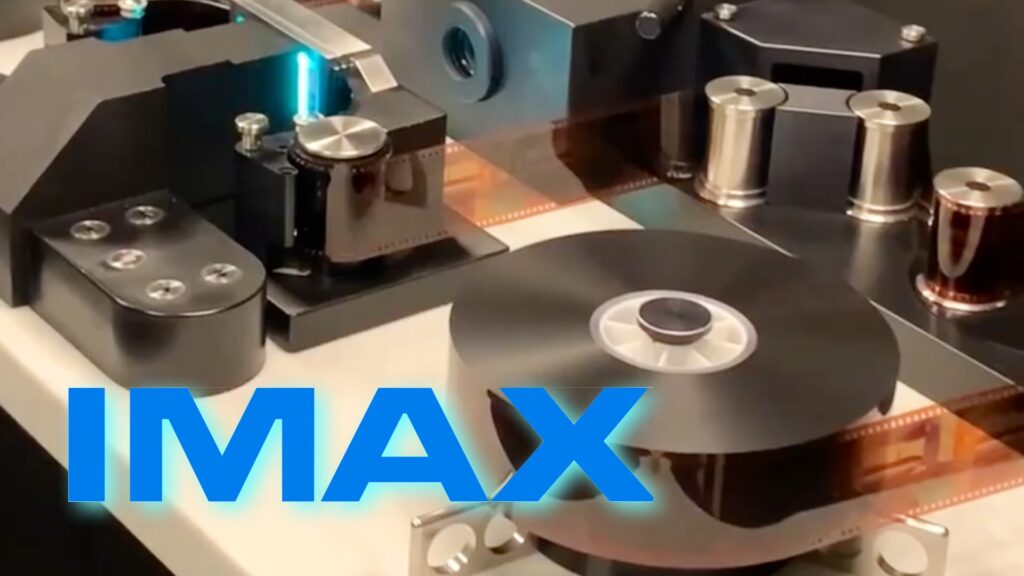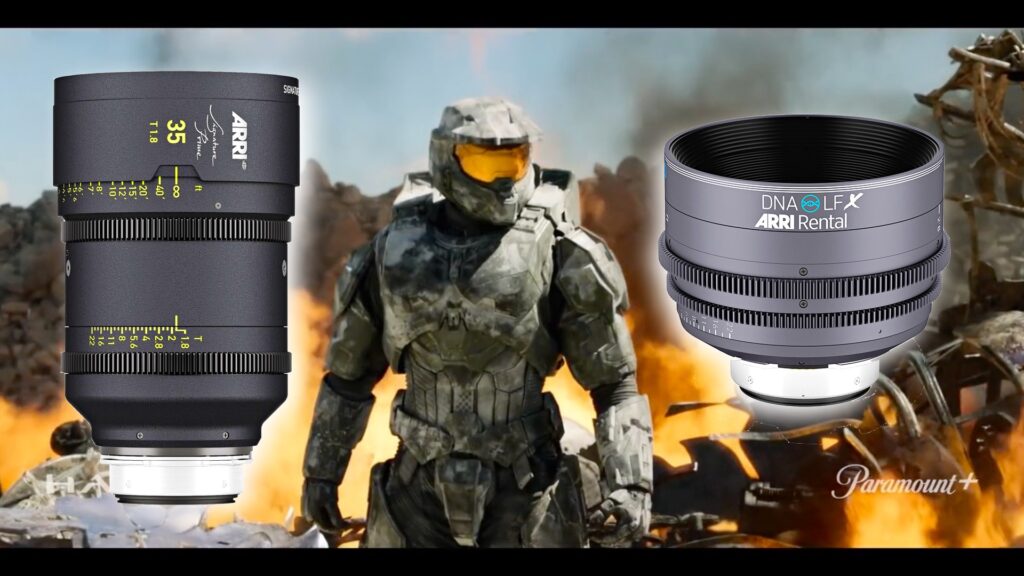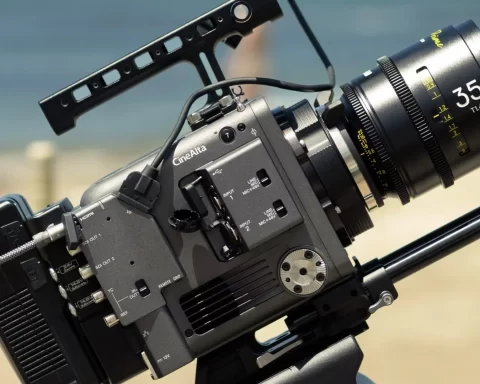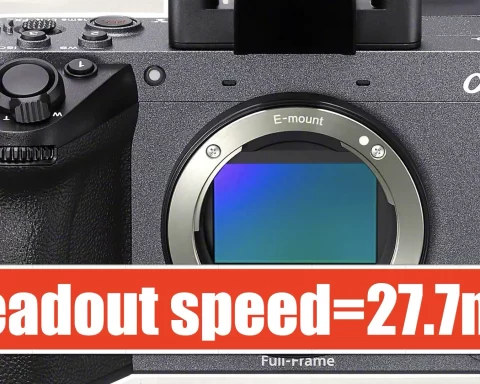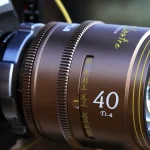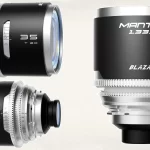The ‘Anamorphic on a Budget’ YT channel has published a fascinating video about the ‘hybrid anamorphic look’ that can be achieved by lenses called MiniHawk – made by Vantage. For those who are not familiar with them, here’s a good read of the double-iris rings trick (=patent).
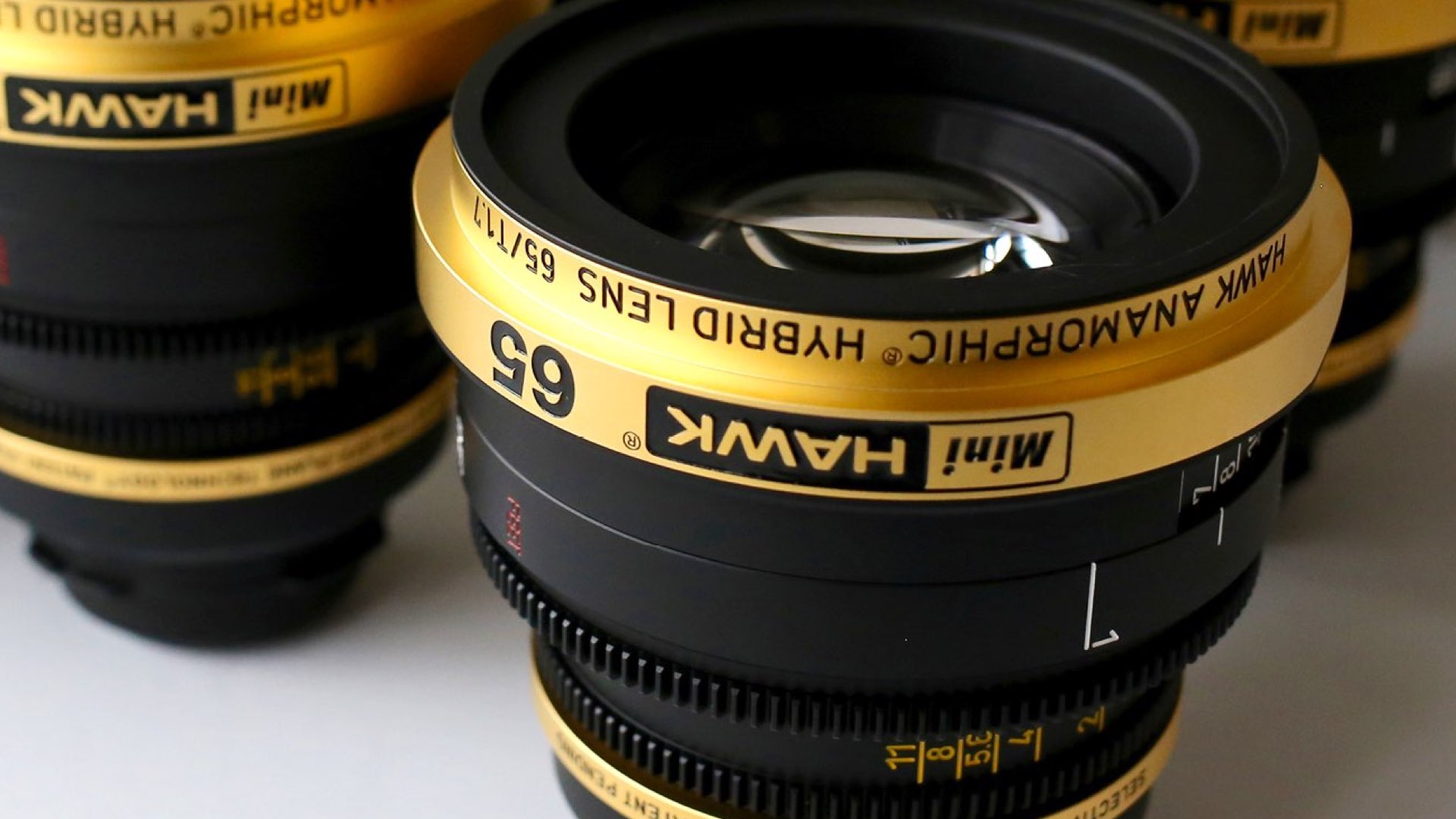
Vantage MiniHawks: Hybrid anamorphic lenses
The Vantage MiniHawks are not new lenses (introduced in 2015). However, many DPs consider them fascinating pieces of glass, and with a reason. Let’s begin from the end. The MiniHawks own a very unique design regarding their iris ring (or should we say rings). In fact, each MiniHawk has two iris rings in order to grant an oval aperture to shape bokeh. These two overlapping iris rings — A normal circle of bladed one, and another made of two blades, shape the aperture into an oval structure. This design cuts almost two stops of light away. However, it gives an oval bokeh through the entire range. It’s a patented design that allows cinematographers to turn their out-of-focus light source into an oval structure, just like an anamorphic lens. Hence, Vantage defines them as Hybrid Anamorphic Primes. But, they are not anamorphic. The MiniHawks are pure spherical lenses. It’s the double iris rings that do all that magic.
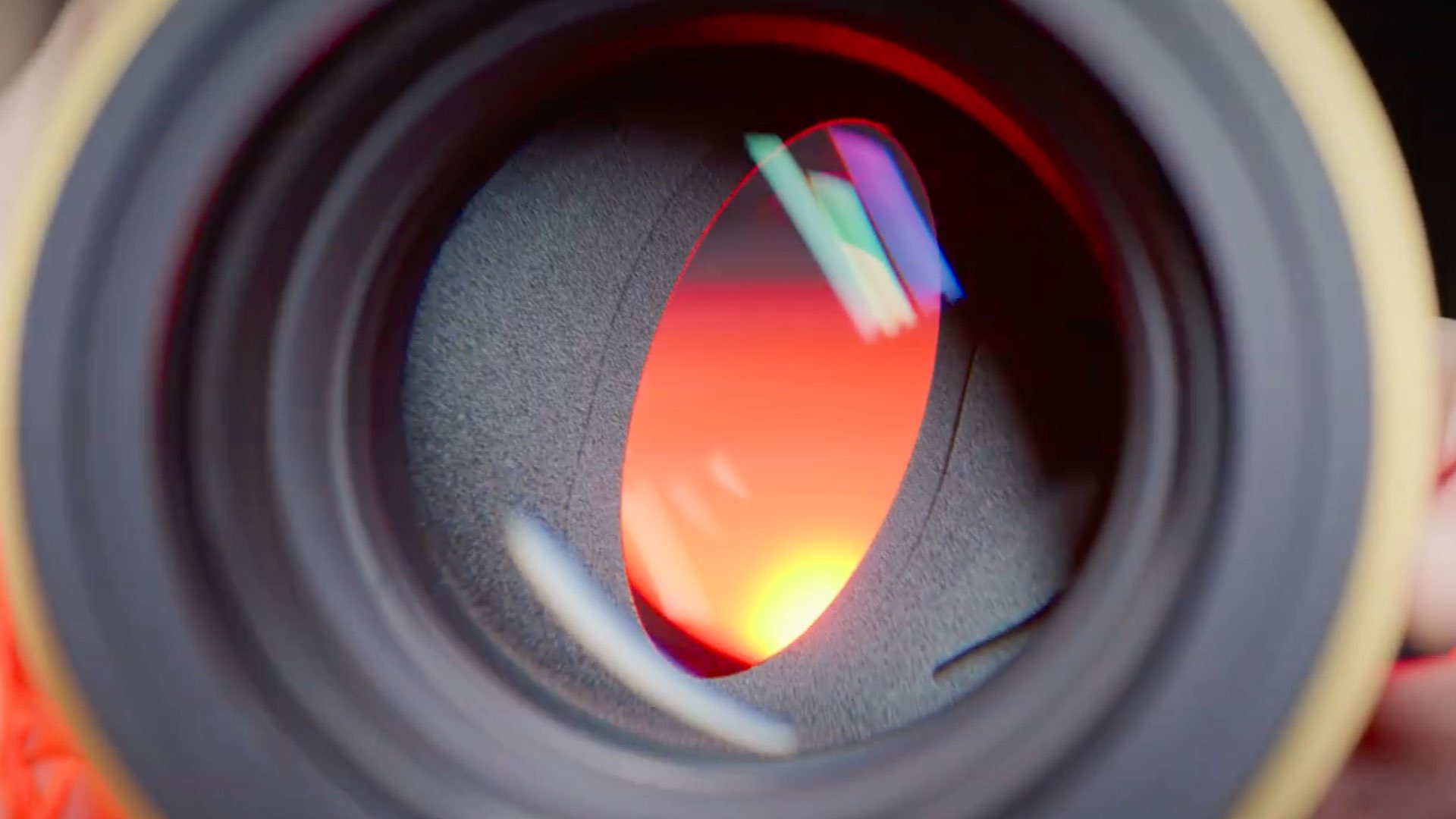
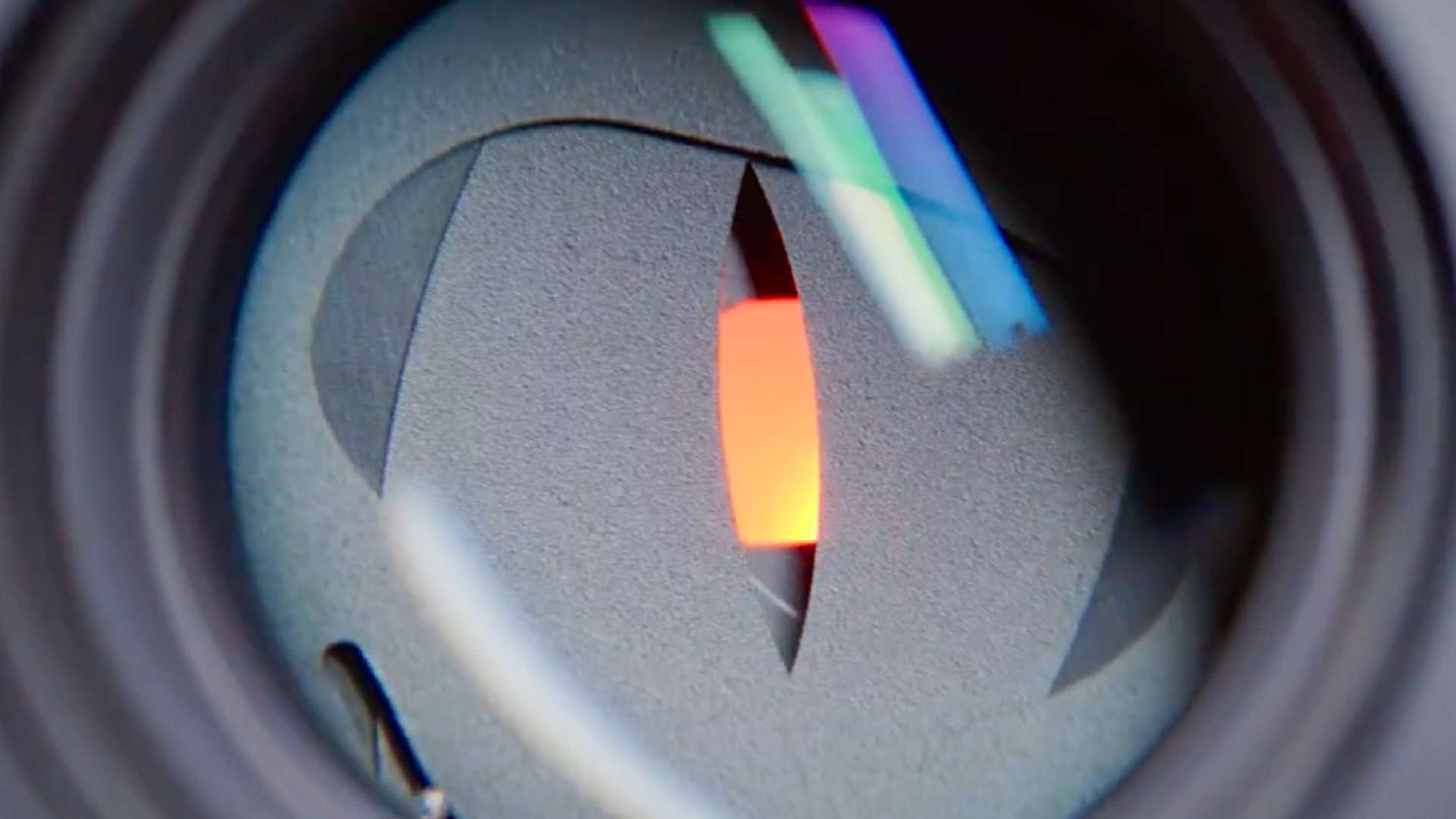
Zero flares
The Vantage MiniHawks don’t flare, as the flaring is an optical artifact derived from anamorphic glass. As mentioned before, the MiniHawks are spherical, thus there are no streaks. Furthermore, the lenses are pretty resistant to flaring, which means, you’ll have to add that desired flare in post. However, these lenses do something pretty cool in terms of light —Strong light will result in very noticeable fringing around the source of light. Some will love it, some will hate it. Nevertheless, we do think that it grants some artistic texture and uniqueness to the general look.
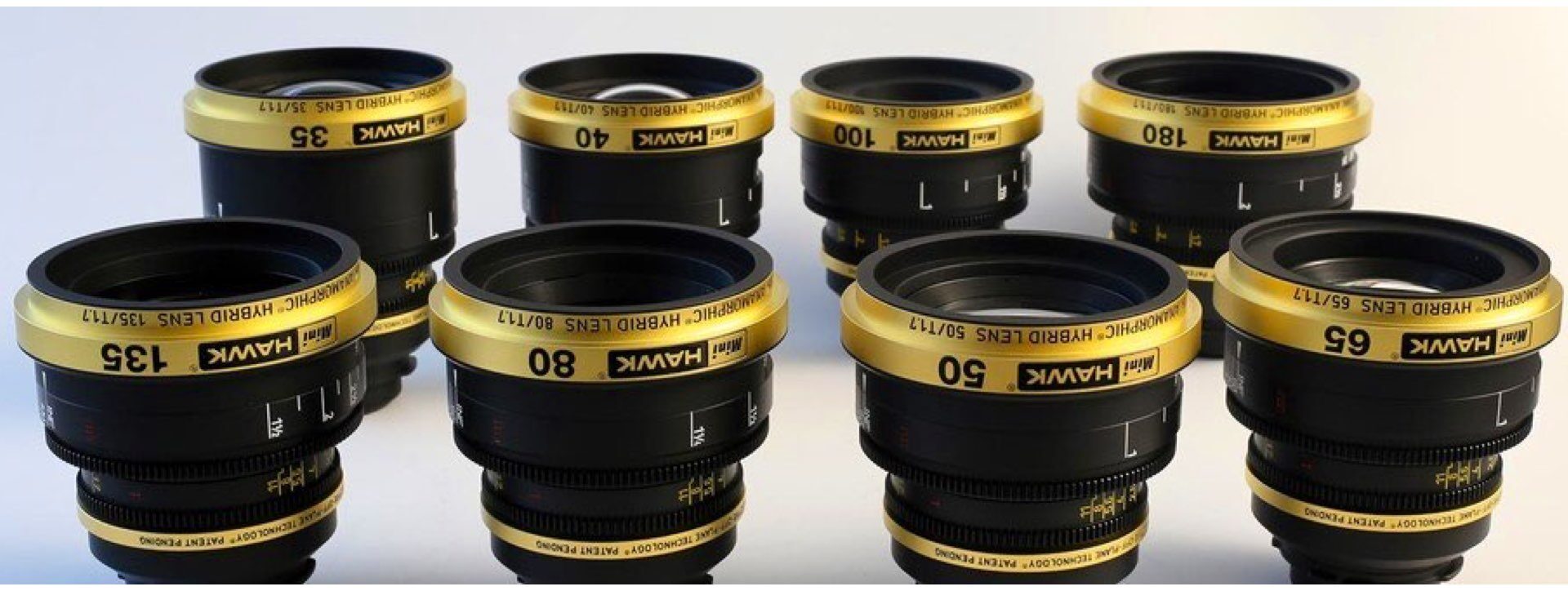
Shooting ‘anamorphic’ minus the anamorphic’s hassle
The T 1.7 MiniHawks – are finely crafted hybrid spherical/anamorphic lenses that deliver subtle anamorphic characteristics while solving many of the inconveniences associated with traditional squeeze lenses. Light and fast, they are capable of super close-focus, with minimal geometric distortion and no breathing during focusing. Directors of photography who love the signature image traits of anamorphic are calling for MiniHawks on a wide range of projects – often for a shoot where anamorphic is desirable, but spherical is more practical.
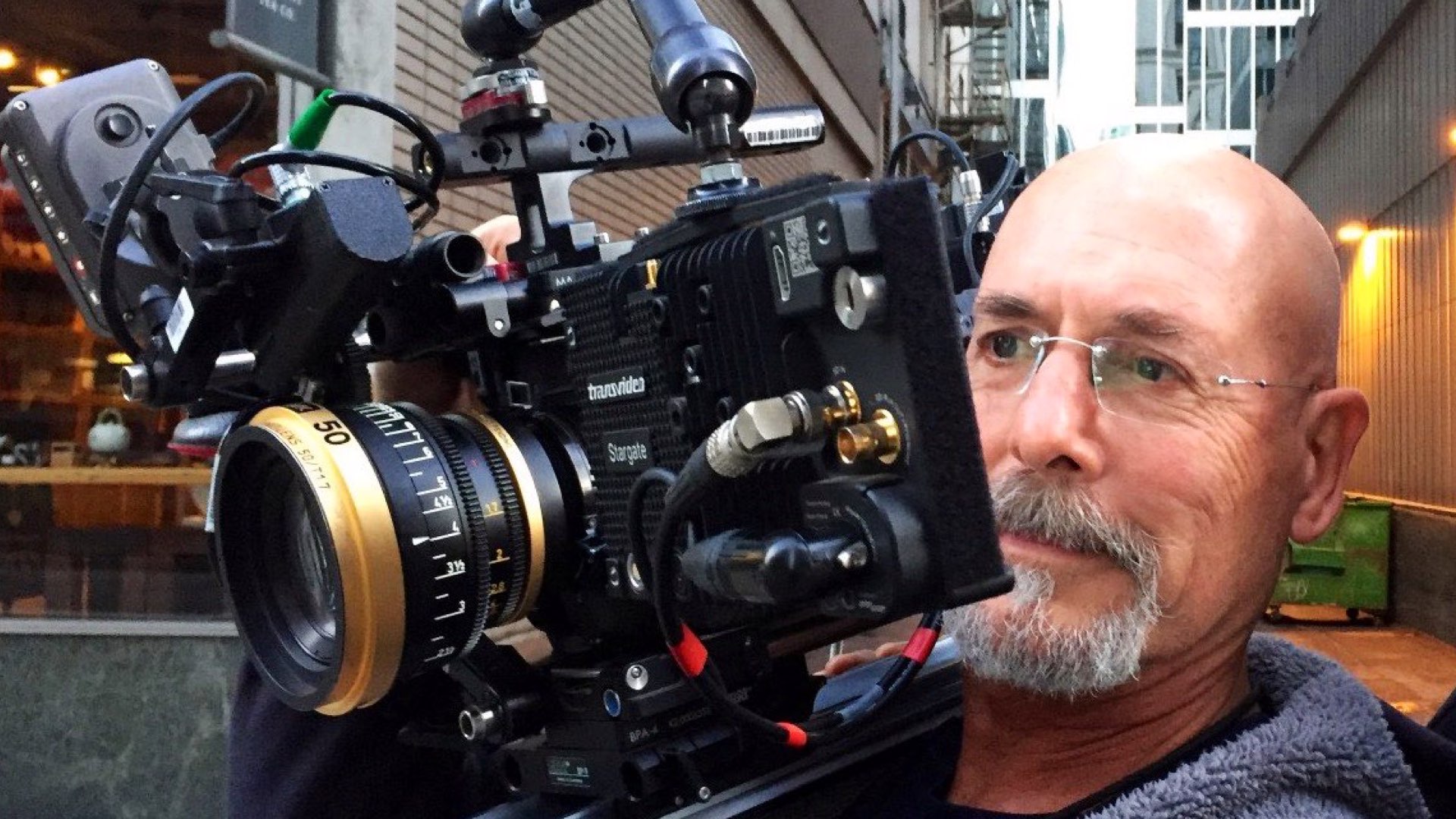
They have super-close focus — almost like macro lenses (10 inches for the 35mm-65mm which is highly close), no breathing while focusing (which is pretty amazing), and are geometrically well-corrected, yet still preserve some classic anamorphic characteristics, such as elliptical bokeh and shallow depth of filed that create an organic cinematic feel.
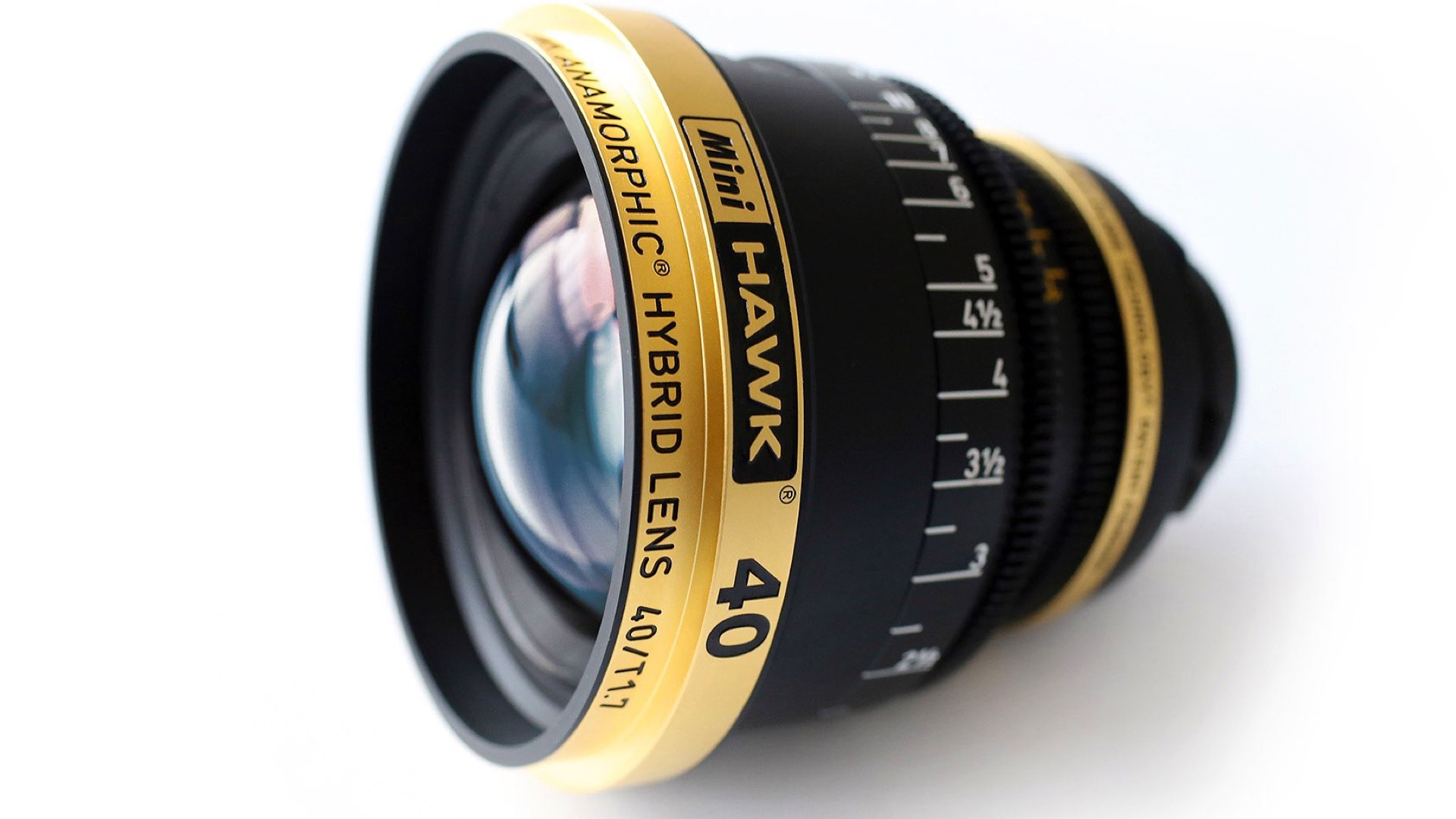
Closing thoughts
The MiniHawk Primes are one of the most unique and unusual pieces of glass in the modern cinematography age. The patented design of the iris rings allows some very special look that can be considered anamorphic characteristics, and with the advantages of spherical. Add the flares in post and you are good to go. The downside is the price. The MiniHawks cost about $30,000 USD per lens. That’s a very steep price tag. In that price range, cinematographers can choose other high-end true anamorphic primes. Nevertheless, for those who are eager for the oval bokeh and without the headache of shooting real anamorphic, then the MiniHawk might be the solid option. For sample footage, watch this great educational video made by Anamorphic on a Budget:
What do you think about the MiniHawks? Is that anamorphic-spherical look satisfy you, or should you choose a real high-end anamorphic instead?

